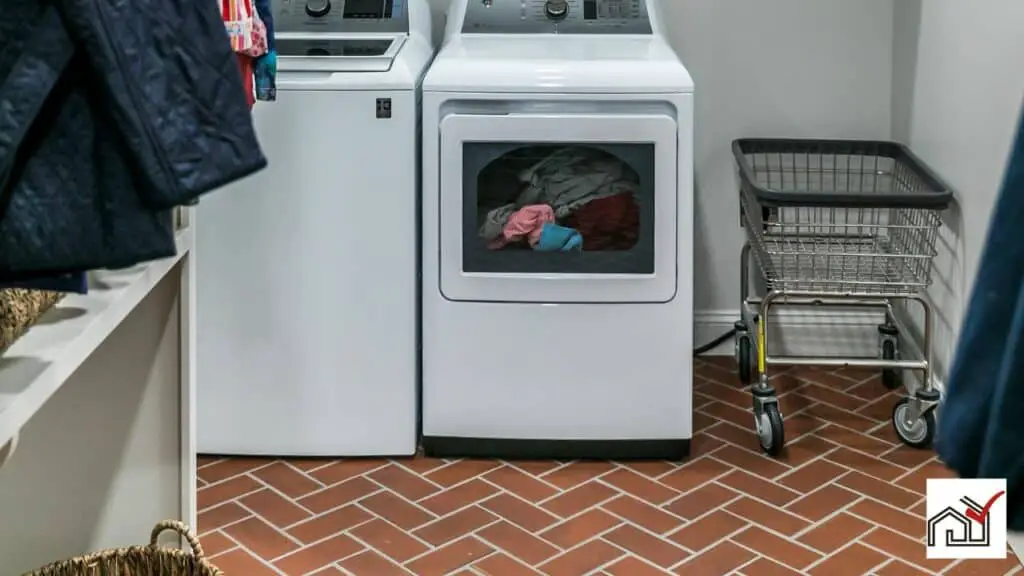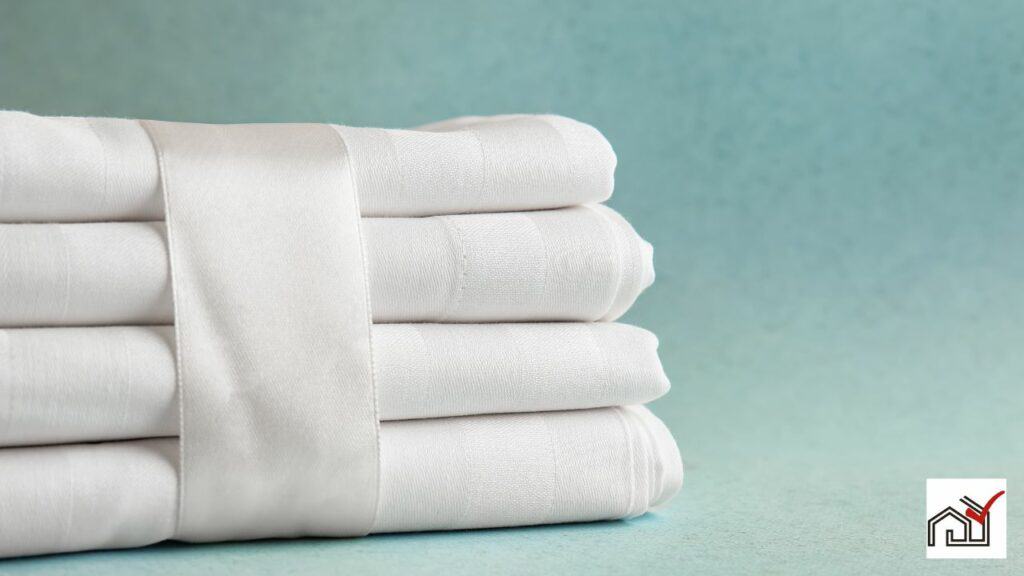You can put a new mattress on an old box spring if the box spring is still in good condition. Before doing so, check the box spring for any signs of wear, such as broken slats or sagging.
If it's sturdy and undamaged, ensure that it matches the support requirements of the new mattress. Using a compatible box spring is important for the mattress's performance and lifespan.
Understanding Box Spring Basics
A mattress foundation supports a mattress to maintain its shape, ensure durability, and provide comfort. Traditional box springs, made with wooden frames and metal coils, have evolved. Modern designs may use wooden slats or a wood and metal combination for support.
Current mattress foundations are designed to be light, sturdy, and promote air circulation to prevent moisture and heat buildup, which can damage the mattress. They come in various forms, including solid wood and adjustable bases, to match different mattress needs.
It's important to match a box spring with the mattress. For example, a memory foam mattress might need different support than an older box spring can provide, affecting comfort. A box spring that shows signs of wear, such as squeaks, broken slats, damaged coils, or torn fabric, can negatively impact bed frame stability and sleep quality. If these signs are present, it's time to replace the foundation to ensure proper alignment and comfort.
Lifespan of Box Springs
Box springs typically need replacement every 8 to 10 years to maintain mattress support and comfort. With time and use, a box spring's support can weaken, leading to mattress sagging and discomfort.
If your box spring is noisy, has broken parts, or shows fabric damage, it's time for a new one. If it's under 8 years old and in good condition, it may still work with a new mattress.
The mattress type also matters. Memory foam mattresses need a solid base; an old, weakened box spring won't suffice and can shorten the mattress's life.
Replace your box spring only if necessary to ensure a good sleep and protect your mattress investment. A sturdy, undamaged foundation contributes to comfort and mattress longevity.
Risks of Old Box Spring Usage
Using an old box spring with a new mattress can be problematic.
An old box spring may not provide even support, leading to mattress damage and discomfort.
It may also not suit newer mattresses requiring solid, flat bases.
The worn shape of an old box spring can impair the new mattress's comfort and longevity.
Additionally, old box springs are bulky and difficult to maneuver, which could damage the mattress.
It's advisable to evaluate if a new foundation is needed for the best long-term use of a new mattress.
Signs Your Box Spring Needs Replacement
Box spring deterioration requires replacement for optimal mattress support. If your box spring no longer provides a solid foundation, it's time to replace it, especially before adding a new mattress. A worn-out box spring can reduce the comfort and lifespan of a new mattress.
A clear sign that a box spring needs replacing is creaking noises when using the bed, indicating weakened structural integrity and insufficient mattress support. Torn fabric on the box spring can also let in debris that worsens its condition.
If allergies or respiratory problems worsen at night, it could be due to dust or mold in an old box spring, affecting sleep quality and health.
Visibly worn, cracked, warped, or sagging box springs are definite signs that replacement is necessary to maintain mattress support and sleep quality.
Choosing the Right Foundation
Choosing the correct foundation is essential for enhancing the performance and durability of your mattress. A suitable foundation provides the necessary support to maintain the mattress's shape and structure. Foam and memory foam mattresses require a stable base or box spring due to their specific material needs.
Solid foundations are needed for foam mattresses to prevent sagging and ensure even weight distribution. A low-profile foundation may be preferable for those who want a lower bed height without compromising support.
Traditional box springs, once common with innerspring mattresses, may not provide the required rigidity for foam mattresses. It is important to choose a foundation designed for your mattress type. Products like the TEMPUR-Pedic Ergo Smart Base or the Purple Foundation offer a stable surface that can improve bed performance.
When selecting a foundation, take into account your sleep position, room size, and budget. The foundation size should match your mattress dimensions. Retailers offer various options, including adjustable and platform bases, to suit different mattress requirements. Ensure that the foundation is compatible with your mattress for optimal sleep quality.
Maintaining Mattress Integrity
To ensure your new mattress lasts and performs well, it should be placed on a foundation that provides even support. This prevents early wear and distortion. A box spring or foundation is key, as it affects mattress durability. Make sure your mattress matches your foundation.
Old box springs were made for innerspring mattresses and may not support newer types, like memory foam or hybrids, correctly. Using an old box spring can cause the mattress to sag or lose shape, affecting sleep quality.
Invest in a modern foundation designed for your mattress type. These foundations distribute weight evenly, keep the mattress flat and supportive, are durable, and allow airflow to reduce moisture and increase mattress life.
An old box spring can change the comfort and support of your new mattress from what you experienced in the store. Check any old box spring for damage before using it with a new mattress. To best maintain your mattress, use a compatible foundation.





